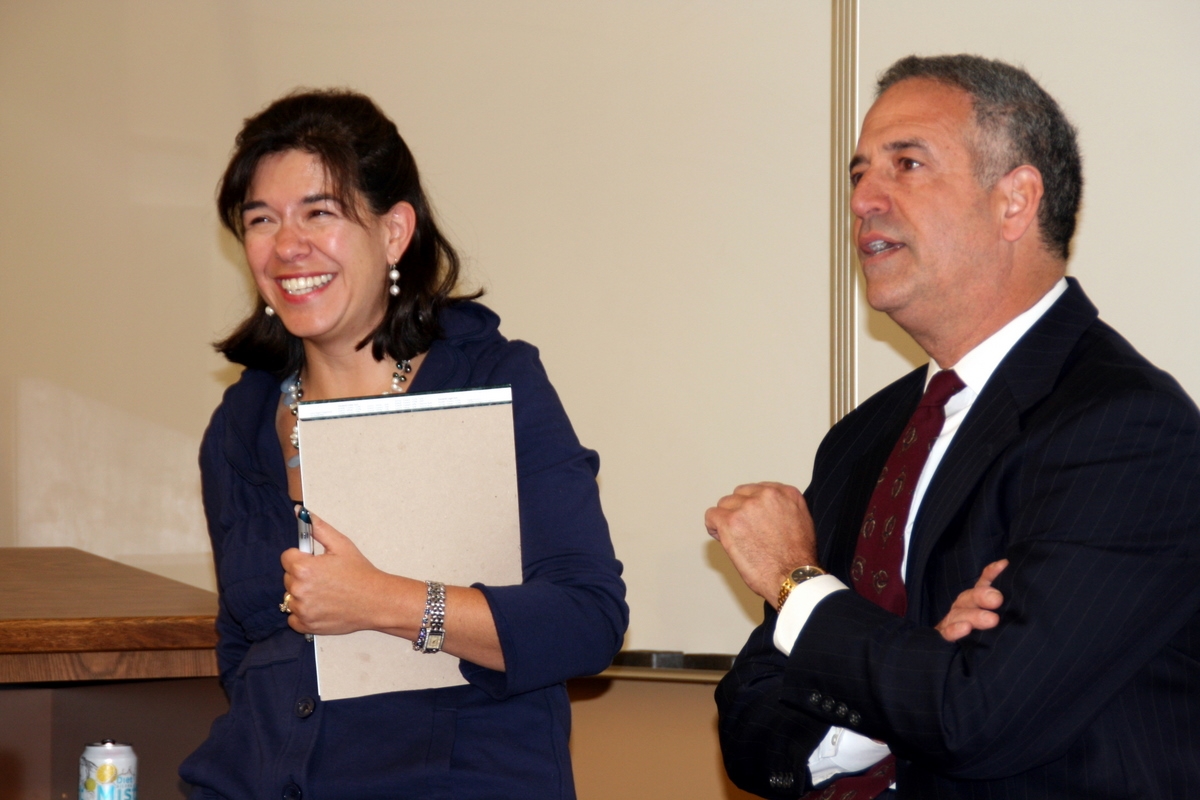Humility and Advocacy
[Editor’s Note: This month faculty members share their favorite brief writing or oral argument tip. This is the fourth entry in the series.] My favorite advocacy tip applies to briefs and oral arguments alike. (Indeed, for my money it serves as a pretty good rule of thumb for life in general.) It is this: Your arguments are never as good as you think they are.
As a general matter, the phenomenon is a product of (or is at the very least related to) what psychologists call the confirmation bias. That’s our tendency to assimilate new information in such a way as to confirm our pre-existing beliefs. If I’m inclined to believe in the truth of Proposition X, then I will give relatively greater weight to new information that confirms that belief than to information that runs contrary to it.

